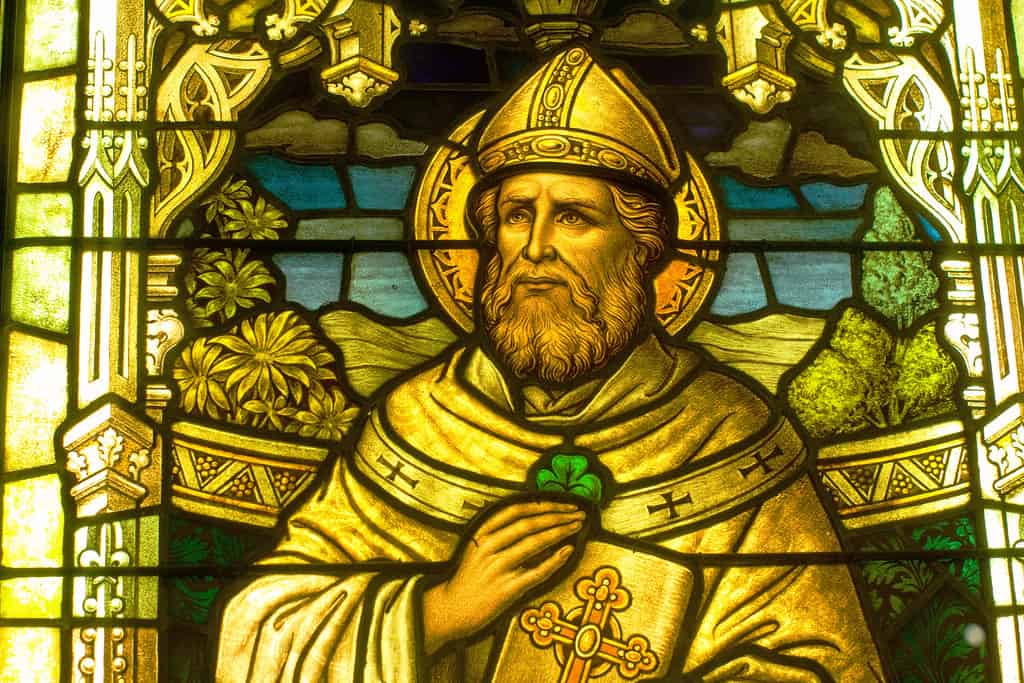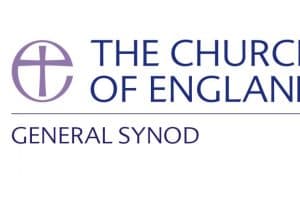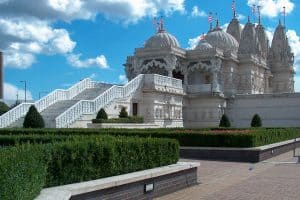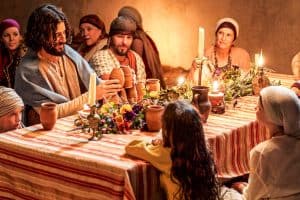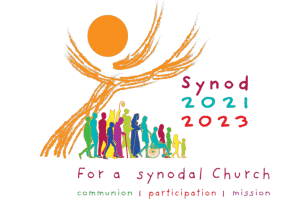St Patrick is one of the most well-known saints in Christianity, famous for being the patron saint of Ireland, supposedly converting the island to the faith while ridding it of its snakes. In modern times his saint’s day of 17 March has become a widely-marked celebration of fun and Irishness.
17 March, St Patrick’s Day, is usually celebrated as a public holiday across Ireland, in Newfoundland and Labrador, and on Montserrat. It is regarded as a celebration of the saint and of Ireland itself. Many famous landmarks in 50 countries have been dressed in green on St Patrick’s Day, including Sydney Opera House. It has been celebrated in space by astronauts aboard the International Space Station.
It is widely celebrated in the UK, Canada, US, Brazil, Argentina, Australia and New Zealand. But in 2020, for the first time and because of the coronavirus pandemic, New York City postponed its St Patrick’s Day celebrations. All pubs and bars in the Republic of Ireland have been closed for two weeks ahead of St Patrick’s day and the Irish government cancelled its St Patrick’s Day parade in Dublin, a huge event in the city’s tourism calendar and which regularly draws in about half a million visitors. Many other major cities including London, Birmingham, Chicago, Philadelphia and Boston also decided to call off the celebrations.
The date is reported to mark the date of the saint’s death, which may have been in the fifth or sixth century. He was regarded as a saint by the Roman Catholic and Anglican Churches by the seventh century.
St Patrick was actually British and was taken to Ireland as a slave. He wrote one of his two books, called Confessio, as a defence against those who said he never was a slave.
The saint is also credited with driving snakes from Ireland. According to legend, he chased them into the sea after they attacked him while he was on a 40-day fast.
The shamrock is associated with St Patrick and is often used in celebrations on 17 March. He is said to have used the three-leafed plant to illustrate the Christian doctrine of the Trinity (Father, Son and Holy Spirit).
Numerou legends surround St Patrick. According to one, he used a walking stick or staff made from ash wood. He would strike this into the ground when he was preaching, but at Aspatria – in what is now Cumbria – it grew into a tree, supposedly because it took so long for the locals to convert to his message.
Two different kinds of crosses are associated with the saint: the Saltire and the Cross Pattée.
The National Museum in Dublin houses a bell (Clog Phadraig) said to have been taken from his tomb. It is one of three relics, alongside Patrick’s Goblet and the Angel’s Gospel. According to legend, an angel sent all three, with the bell to go to Armagh, the goblet to Down while Patrick was to keep the Gospel for himself.
Because St Patrick’s Day takes place during Lent in the Christian calendar, the normal restrictions and fasting rules are lifted for the day, allowing people to eat freely and drink alcohol (particularly Irish beer, whiskey and Guinness).

